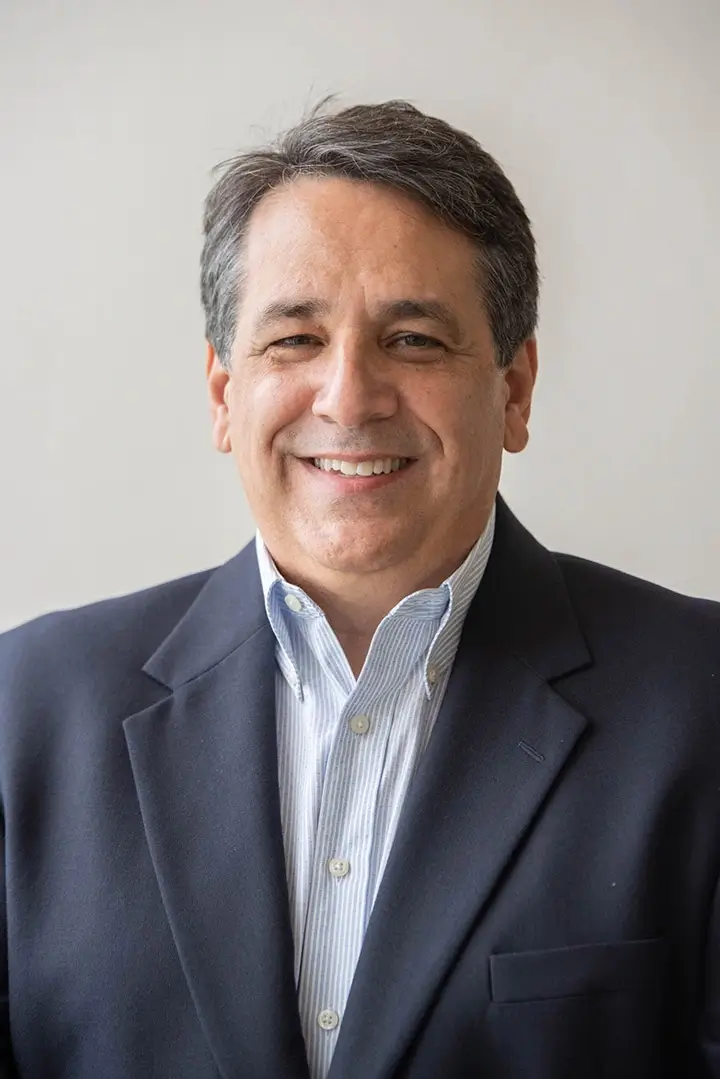Today in Washington, D.C., the fifth annual National Catholic Prayer Breakfast was attended by some preeminent politicians which included not only U.S. President George W. Bush but also GOP presidential candidate Senator John McCain of Arizona, as well as Senator Sam Brownback of Kansas and the U.S. Supreme Court Chief Justice John Roberts. While President Bush is a Methodist and Senator McCain is Episcopalian, both Senator Brownback and Chief Justice Roberts are Roman Catholic.
President Bush addressed the gathering on a number of topics, including his support of adult stem cell research over embryonic stem cell research. He acknowledged the importance of many recent scientific breakthroughs, including the reprogramming of adult skin cells so that they behave with the same pluripotency as embryonic stem cells. President Bush added, “We have stood fast in our belief that promising medical advances can co-exist with ethical medical practices.”
President Bush is often criticized for his ban on the federal funding of human embryonic stem cell (hESC) research, when, in fact, this point is often misunderstood. On August 9th, 2001, President Bush announced, via Presidential Executive Order in a televised address to the nation, that he was placing a ban on the federal funding of research conducted on any hESC lines established after that date; however, he also simultaneously approved the federal funding of research conducted on hESC lines that had already been established on or before that date. Prior to his administration, however, Congress had passed, and President Clinton had signed, legislation prohibiting the use of federal money for the destruction of human embryos for research purposes. By the time President Bush inherited the dilemma, he actually loosened the restrictions that were already in place under the Clinton administration, as President Bush responded by expanding the use of federal funds for research on those hESC lines that were already in existence. Nevertheless, further criticism resulted when, by 2005, it was estimated that only 16 of the original 78 hESC lines were viable for research, the others having been rendered useless through contamination and other problems. The NIH (National Institutes of Health) Stem Cell Registry was then created to document these existing hESC lines and their characteristics, as well as to test and assess the quality of these hESC lines.
Contrary to popular belief, this Presidential Executive Order, which only banned the use of federal funds for research conducted on hESC lines created after August 9th, 2001, does not prohibit research on hESC lines created after that date, as long as the research is sponsored by non-federal funds. Indeed, private funding thrives, and hESC research has continued and is currently taking place in numerous laboratories throughout the U.S., both in university and corporate biotech settings, but such research is funded by non-governmental sources. Many prominent scientists have created their own hESC lines after President Bush’s Executive Order, such as the Harvard biologist Dr. Doug Melton, who, in March of 2004, created 17 new hESC lines from private donations. Today he is co-director of the Harvard Stem Cell Institute, founded in 2004, where extensive hESC research is conducted entirely under the auspices of private sources. Similarly, many other places throughout the U.S., such as the Institute for Stem Cell Biology and Regenerative Medicine at the Stanford University School of Medicine, also conduct hESC research that is privately funded. The Presidential Executive Order that was issued on August 9th, 2001, did not stop hESC research in the U.S., nor was it intended to do so; instead, it merely excluded such research from being funded by taxpayers’ money.
Despite the fact that hESC research continues throughout the U.S., countless ethical questions surrounding embryonic stem cells remain unresolved, and the topic continues to be the focus of heated debate. A number of other countries besides the U.S. also impose restrictions on hESC research, and some of the organizations that are formally examining the ethical dilemmas of hESC research include:
The President’s Council on Bioethics,
The Kennedy Institute of Ethics at Georgetown University in Washington, D.C.,
The American Association for the Advancement of Science and the Institute for Civil Society, which together jointly issued the publication, “Stem Cell Research and Applications: Monitoring the Frontiers of Biomedical Research”,
The International Society for Stem Cell Research, which issued the publication, “The Ethics of Human Embryonic Stem Cell Research”, and
The EU Commission of the European Communities, which issued the publication entitled, “Report on Human Embryonic Stem Cell Research”.
Ethical issues aside, however, embryonic stem cells have proven to be extremely problematic in the laboratory, with numerous inherent risks and dangers not the least of which is the ability of embryonic stem cells to form a specific type of cancerous tumor known as a teratoma. Precisely for this reason, embryonic stem cells have never advanced beyond the laboratory stage, and have never actually been used to treat a single human disease or injury. By sharp contrast, however, adult stem cells are already being used in clinics around the world and have already been proven to be a viable therapy for the treatment of real human beings with real human diseases and injuries.
While it is most often within such venues as the National Catholic Prayer Breakfast that adult stem cell success stories are most enthusiastically welcomed and received, such news nevertheless deserves to be heard by everyone everywhere.

